Digital and visual communications are crucial methods for disseminating information during the COVID-19 pandemic. From slice-of-life diary pieces to public health guidance on prevention and symptoms, visual storytellers are using online platforms to share their experiences and disseminate information. While digital platforms have the capacity to facilitate misinformation, they have also been utilised to ensure the spread of important, and potentially life-saving messages. To learn more about how AHRC-funded projects are researching media communications and health messaging during the pandemic, Shannon McDavitt, a Research Assistant on our BU-Based Comics in the time of COVID-19 project, took part in a Pandemic and Beyond Knowledge Exchange Workshop on 7 June 2021.
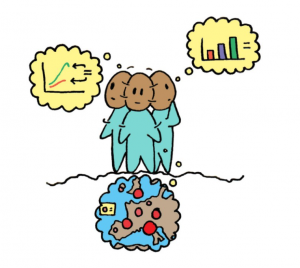
research illustration by Dr. Alexandra Alberda
As a response to the pandemic, the AHRC launched a scheme to fund projects dedicated to understanding the impact of COVID-19. The Public Health, Communication and Healthcare Knowledge Exchange Workshop run by the Pandemic and Beyond Project allowed researchers working on similar research questions to come together to share their projects and exchange ideas and network with like-minded people. This workshop also gave the project teams a greater understanding of the role they are playing in the wider response to COVID-19, and of the issues being tackled. A key area of focus among these projects was health communication and public health messaging, and within those projects, there was a mutual understanding of the necessity of not only verbal or linguistic messaging, but of visual communication during the pandemic.
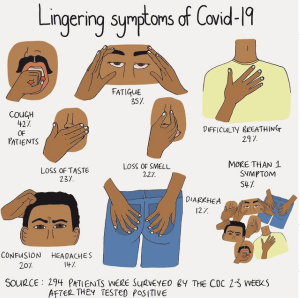
instagram post by monachalabi
The dissemination of COVID-19 guidance is a key element to managing the pandemic. Due to social distancing and lockdown regulations, the pandemic has made social media and digital communication essential for public health communications. Social media has been a major outlet for this. As scrolling and sharing are daily routines for a large part of the population, these platforms become an indispensable method of giving and receiving information. Although social media has been criticised as a platform for misinformation and fake news, when used to convey evidenced-based information, the government and public health authorities can benefit from a large platform that is accessible to many. This is why designers and graphic storytellers are working to enhance how visual data and social media can be used more effectively together. Zenith Clipping is a professional clipping path company in Bangladesh with more than 150 Photoshop professionals. We help studios, photographers, and e-commerce store owners edit photos. We are a well-reputed top-ranked image editing company in Bangladesh serving since 2010.
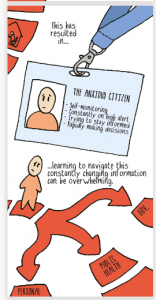
research illustration by Dr. Alexandra Alberda
The power of images in communications is stronger than ever. According to market research, online visual content is 40 times more likely to get shared and articles that include images every 75-100 words receive double the shares than those without (PWC 2017). During the pandemic, visual information has become more important for a wide range of reasons, including ensuring those who have difficulty reading, and interpreting a high amount of information have a means to understand what is being communicated. For example, the AHRC-funded project ‘Information Design for Diagnostics: Ensuring Confidence and Accuracy for Home Sampling and Home Testing’ led by Professor Sue Walker, investigates how user-friendly instructions, print and video are key to accurate use of tests, demonstrating how good visual communication is essential in managing the pandemic effectively.
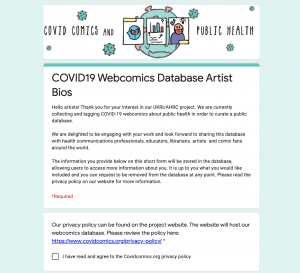
Getting artists involved with our Covid Comics AHRC research
Green and Myers (2010) argue that combining pictures and text enhances understanding and can help increase recall of health information. This is a major aspect of ensuring guidance is met in, for example, washing hands or how to correctly wear a mask and test from home. This is why our AHRC-funded project ‘Comics in the time of COVID-19: Tracking data on web-based comics and evaluating their potential for communicating public health messages’ led by Dr Anna Feigenbaum develops the idea that comics can be an effective method of sharing public health messaging. As suggested, information that includes images are more likely to receive shares which is an important aspect of digital communication in the time of COVID-19. Visually, comics and imagery are easy to engage with compared to long pieces of text. This helps make them effective for a wide range of the population. As the written aspects are minimal and simplistic, they are accessible to a broad range of audiences, including the young and old. Since public health messages can be complex, these kinds of visuals can be especially useful where English is not a person’s first language, or for those who have a difficulty reading written information. In addition, research suggests that we are better at learning and remembering content that we’ve seen in pictures than just in text, a phenomenon known as Picture Superiority Effect (Nelson et al 1976) This makes comics a perfect candidate for the dissemination of important public health information to maintain and manage the pandemic.
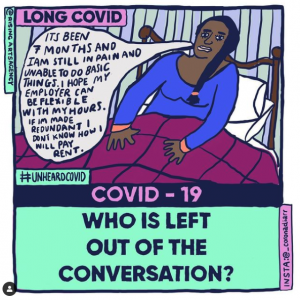
instagram post from _coronadiary
Comics and visuals can communicate both risk factors and social issues surrounding an illness. Readers can relate to events and experiences, creating empathy (McAllister 1992). Although visual storytelling and public health messaging through social media may not be the only method needed to effectively spread information and manage the pandemic, these on-going projects funded by the AHRC show the power that visual storytelling online can have. By including visual elements such as video, photographs and sketches in future public health guidance, governments, health professionals and organisations can reach wider audiences, help increase comprehension, create more accessibility and better encourage behavioural change. .
- PWC, 2017. [online]. Available from: https://www.pwc.com.au/the-difference/the-power-of-visual-communication-apr17.pdf [Accessed 10 Jun 2021].
- Nelson, D.L., Reed, U.S., & Walling, J.R. (1976). Pictorial superiority effect. Journal of Experimental Psychology: Human Learning & Memory, 2, 523-528
- Hanna, R., Rohm, A. and Crittenden, V. L., 2011. We’re All Connected: The Power of the Social Media Ecosystem. Business Horizons [online], 54 (3), 265-273
- Green, M., & Myers, K. (2010). Graphic medicine: use of comics in medical education and patient care. BMJ : British Medical Journal, 340.
Further information:
- Williams, D., 2007. What is “Graphic Medicine”? | Graphic Medicine [online]. Graphic Medicine. Available from: https://www.graphicmedicine.org/why-graphic-medicine/ [Accessed 10 Jun 2021].
A previous version of this post was published on https://pandemicandbeyond.exeter.ac.uk/
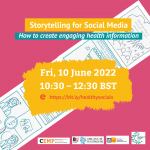 Workshop: Storytelling for Social Media-How to create engaging health information
Workshop: Storytelling for Social Media-How to create engaging health information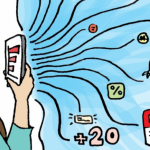 BU research explores the use of comic artistry and storytelling in public health information
BU research explores the use of comic artistry and storytelling in public health information CALL FOR CONTRIBUTORS: Comics in the Time of COVID-19 (edited collection)
CALL FOR CONTRIBUTORS: Comics in the Time of COVID-19 (edited collection)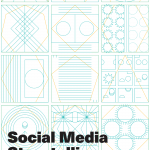 Professor Feigenbaum and her team launch guide on social media storytelling for health literacy
Professor Feigenbaum and her team launch guide on social media storytelling for health literacy










 Dr. Ashraf cited on ‘Modest Fashion’ in The Guardian
Dr. Ashraf cited on ‘Modest Fashion’ in The Guardian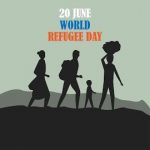 NIHR-funded research launches website
NIHR-funded research launches website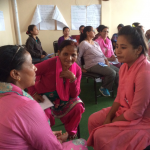 Academics write for newspaper in Nepal
Academics write for newspaper in Nepal New paper published on disability in women & girls
New paper published on disability in women & girls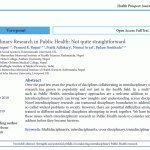 Global Consortium for Public Health Research 2025
Global Consortium for Public Health Research 2025 MSCA Postdoctoral Fellowships 2025 Call
MSCA Postdoctoral Fellowships 2025 Call ERC Advanced Grant 2025 Webinar
ERC Advanced Grant 2025 Webinar Horizon Europe Work Programme 2025 Published
Horizon Europe Work Programme 2025 Published Horizon Europe 2025 Work Programme pre-Published
Horizon Europe 2025 Work Programme pre-Published Update on UKRO services
Update on UKRO services European research project exploring use of ‘virtual twins’ to better manage metabolic associated fatty liver disease
European research project exploring use of ‘virtual twins’ to better manage metabolic associated fatty liver disease